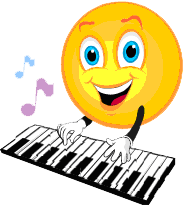 How
Do Instruments Apply These Physics?
How
Do Instruments Apply These Physics?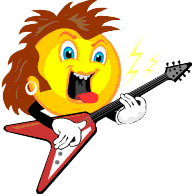
Each instrument is designed around a few basic prinicipals. Music is based upon a 12 step 8 note repetative theory. That means that soundwav freqencies are broken up into 12 parts before they are found to repeat themselves. By repeat themselves I mean self-resonation. That means that a soundwaves fit over each other in the same period. A good example of this is a harmonic. In the figure seen below you can see that each harmonic repeates itself a certain number of times within the period of the first note.
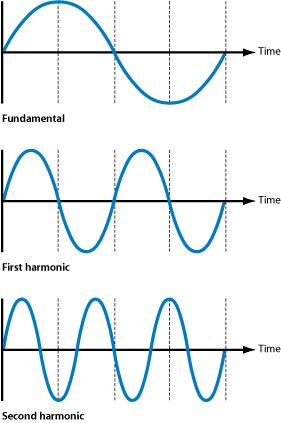
Figure 1. Apple.com's representation of harmonics.
Each note then has a specific frequency that an insturment can be tuned to play. A basic chart of the notes and corresponding frequencies can be seen below courtesy of Techlib.com
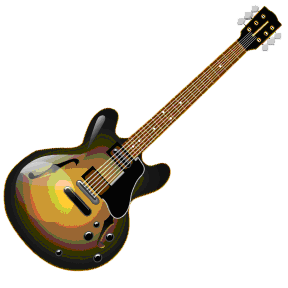
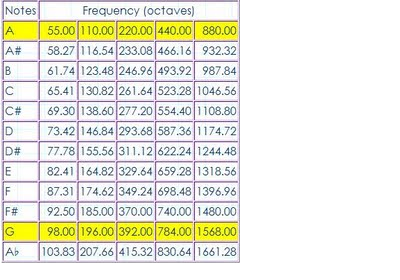
Figure 2. techlib.com's chart of note frequencies.
Now you can tune your guitar to whatever note you wish to play by checking the frequency of the vibrating string. You can do this by using a microphone that detects the frequency of the soundwaves it picks up or by a tuner that feels the vibrations of the string. This type of tuner would then correlate the rate at which the strings are vibrating to the freqency by using equation 1 of the previous page. A piano has tons of string each tuned to their corresponding note which alows the pianist to hit multiple keys and create his own soudnwaves. If he hits the keys harder, then the hammer hits the string harder thus created a higher amplitude and louder sound. Taking this information on how to create different notes by the corresponding frequency and amplitude of their soudnwaves, you can create sweet sweet music. Whether or not you are good at it is a completely different story.
Back to Index
